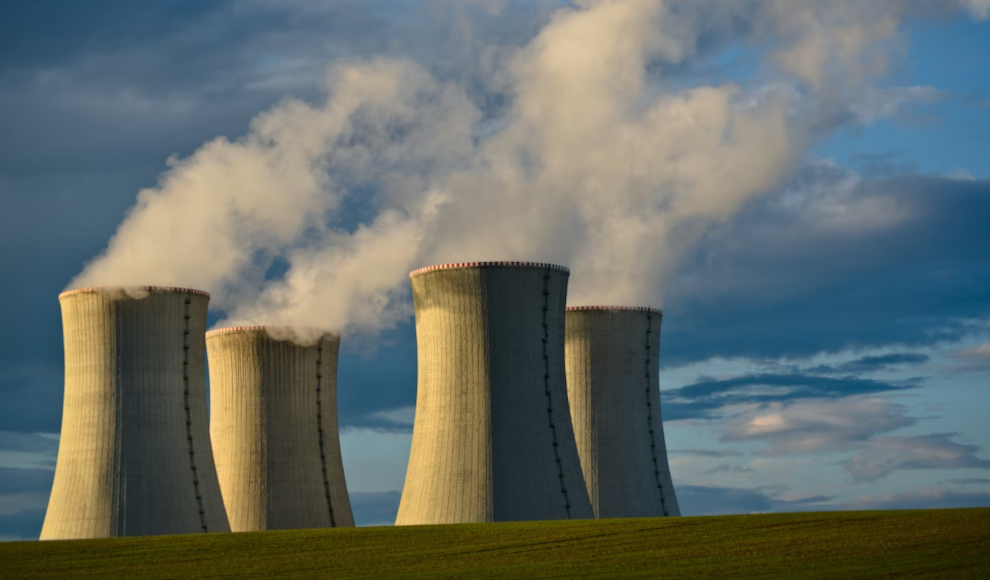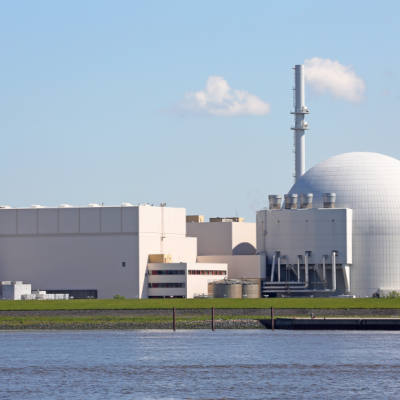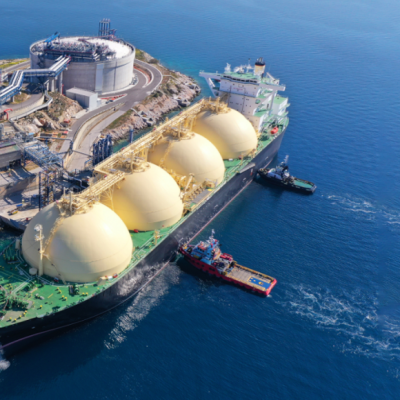A new study has revealed that small modular reactors (SMRs), which are being developed in many countries as a safer and cheaper alternative to larger nuclear reactors, may produce up to 30 times more nuclear waste. While Germany is phasing out nuclear power, other countries are still building new nuclear power plants and researching new reactor concepts, including the first liquid salt reactor and small modular reactors. However, a study by the Center for International Security and Cooperation (CISAC) of Stanford University and the Swedish Nuclear Fuel and Waste Management Company has found that these small reactors may exacerbate the challenges of managing and storing nuclear waste.
The study focused on three types of reactors: an integrated pressurized water reactor, a liquid salt reactor, and a fast breeder reactor with sodium cooling. Using existing studies and patents, the researchers calculated the amount of nuclear waste produced by these small reactors in relation to their heat output and compared it to the waste produced by a 1100 megawatt electric light water reactor. The results showed that the small reactors produced significantly more nuclear waste, with waste from the integrated pressurized water reactor being 2.5 times higher, waste from the liquid salt reactor being 5 times higher, and waste from the small fast breeder reactor being up to 30 times higher. Additionally, the fuel materials contain more radioactive isotopes, making the transportation and storage of nuclear waste even more challenging.
According to Lindsay M. Krall, “SMRs will further exacerbate the challenges of nuclear waste management and storage.” While small modular reactors may be a promising alternative to larger nuclear reactors, this study highlights the need for careful consideration of the potential environmental and health impacts of nuclear waste before investing in new nuclear technologies.










